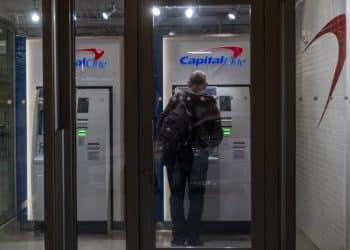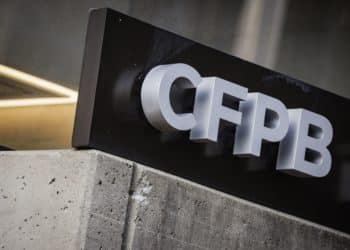The humble prepaid card is the bridge to digital payments
Q. What is a mobile wallet?
A. It’s a prepaid card without the plastic.
The future needs a bridge. That bridge is a plastic prepaid card. Consumers get used to the action of paying with electronic cash; the delivery innovation comes later. Think of Netflix starting with DVDs by mail. The primary innovation was subscription pricing. The delivery innovation came later. The humble prepaid card is the bridge to mass adoption of mobile wallets.
Or, another way to think about this is that the plastic pre paid card is yet another industry eaten by the mobile phone (like cameras and maps). Except in this case the pre-paid card business benefits from moving to mobile phone (except for the manufacturers of pre-paid cards which is a relatively small part of the ecosystem).
Oyster Card on London Underground
If you live in London – or visit often like I do – you have an Oyster Card in your wallet. Paying is so simple – tap on way in tap on way out.
So, it is natural that Transport For London would introduce the next version where you can pay with your mobile phone and they did. Its one less reason to get out ye olde leather wallet. Leave your phone behind = panic. Leave your wallet behind = annoying but not panic.
If you live in New York – like I used to or visit often which I still do – you have your Metro Card. It is slimmer than the Oyster, but you will have to wait to 2021 to get contactless on your phone. The turnstiles (aka POS device) needs to be upgraded as Metro Card needs to be inserted (vs Oyster Card tap to pay). Technical debt is tough.
On Swiss rail I almost always pay by mobile – the SBB app is as high quality as the railways.
Soon I assume I can simply download an app for whatever City I am in, probably via Citymapper the best travel app ever IMHO). The only loser in all of this – taxi drivers and Uber.
Paysafecard
The company behind Paysafecard is interesting (Paysafe Group Plc, symbol = LON:PAYS), formerly known as Optimal Payments). It is listed on the London Stock Exchange and actually graduated from Aim to the main market (which is quite unusual).
Paysafe got on our radar screen when they acquired Skrill as that was one of the biggest Fintech exits in 2015. Skrill had a prepaid MasterCard.
Now they are in 43 countries. They still sell conventional pre paid card, it is just that you can buy them easily at lots of shops. Then you can pay online by just putting in your Personal Access Number (PAN). Unlike using your PAN from a credit card, you are only at risk for you cash in your wallet.
In this case the humble pre-paid card is the bridge to easy/safe online payments for smaller items.
Walmart
Walmart is a Consumer Banker’s worst nightmare. A small part of their stores can offer the limited functions that require a physical presence (eg check cashing). So anything they do in banking is worth a look and that brings one to the Walmart Money card issue by Green Dot Bank. GreenDot is interesting in venture terms. They hail from Southern California, which might as well be in Mongolia as far as access to Sand Hill Road VC goes. GreenDot started in 2001 and raised $33m in 3 rounds. Sequoia Capital invested during the worst of the technology nuclear winter (so they must have seen serious potential) and they invested alone in two more rounds. No other VC got a look in. The only other venture with that profile AFAIK is WhatsApp.
GreenDot did an IPO in 2010. Since IPO, the stock (GDOT) has not performed well, total market cap is just over $1 billion and on most valuation metrics it looks cheap. The biggest risk seems to be too much revenue concentration from Walmart.
PrePaid cards have been around a long time and there are few barriers to entry. This is all about scale and that is where the Walmart deal is important. It is also where they may have to take it to the next level. You can see a lot of complaints on review sites like Consumer Affairs. The problem seems to be that there is a deposit limit of $2,500 per day. This is understandable for a PrePaid Card but not acceptable if you are expecting a normal banking service.
Because Greendot is not offering credit, there are no credit rating checks, just basic ID checks. That reduces onboarding friction.
Like M-Pesa, Greendot allows you to receive money and pay money. It is like a payment bank.
Some speculate that Walmart will get a banking license and acquire Greendot. The money at stake is huge and I have no idea of the outcome. I am confident that the historical neat boundary between Retail/Ecommerce and Banking is over. Alibaba is making that clear and in China there is little hesitation in granting banking licenses to tech and e-commerce giants.
Daily Fintech Advisers provides strategic consulting to organizations with business and investment interests in Fintech & operates the Fintech Genome P2P Knowledge platform.












